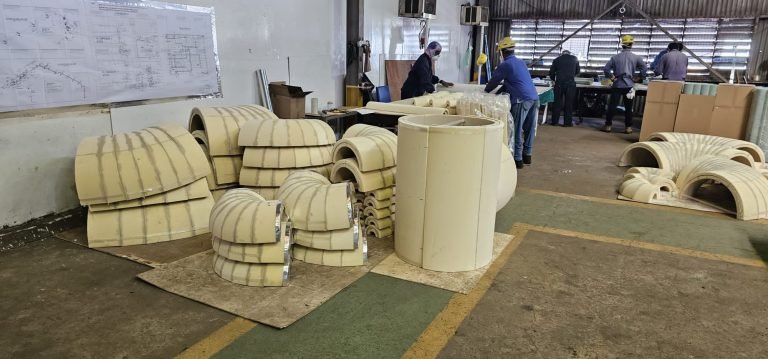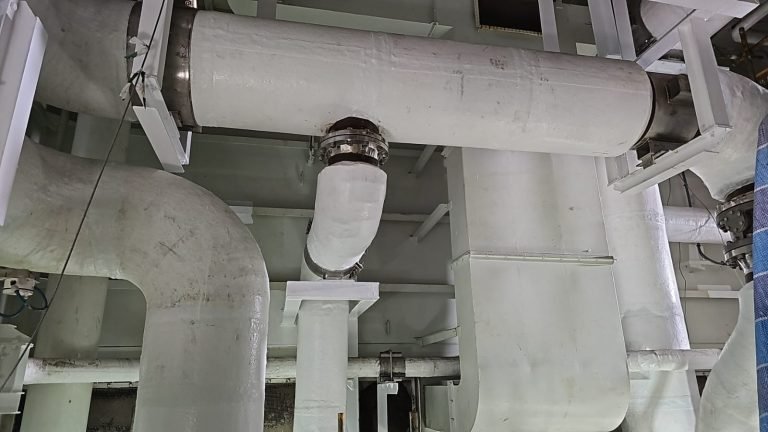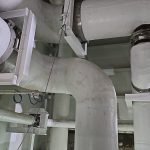Cryogenic Insulation
Step into the realm of cryogenic insulation with us, where the pursuit of absolute cold meets the cutting edge of materials science and engineering. Cryogenic insulation is a vital component in industries that demand storage, transportation, and experimentation with substances at mind-bogglingly low temperatures. On this website, we invite you to explore the fascinating world of cryogenics, from understanding the basics of supercold environments to diving deep into the latest advancements in insulation technology. Whether you’re a researcher, an industry professional, or simply intrigued by the wonders of sub-zero science, our platform is your gateway to unraveling the mysteries of extreme cold.
But cryogenic insulation isn’t just about withstanding extreme cold; it’s about maintaining the delicate balance of temperatures that keeps scientific experiments running smoothly and fuels industries like medical cryopreservation and space exploration. We’ll guide you through the complexities of cryogenic insulation, how it prevents heat ingress, and its pivotal role in ensuring the safe handling of cryogenic substances. This website serves as your window into the innovative frontiers of cryogenic insulation, where advancements continue to redefine what’s possible in the world of ultra-low temperatures. Join us on this chilly adventure as we explore the limitless potential of cryogenic insulation and its impact on diverse fields.
WHAT WE DO
Here are some examples.
At Foam Insitu, we specialize in providing top-tier solutions for cryogenic insulation. Our expertise lies in offering cutting-edge insulation materials and services that are tailored to meet the demanding requirements of industries operating at ultra-low temperatures. With a team of experienced professionals and a commitment to innovation, we aim to ensure the safety, efficiency, and reliability of cryogenic systems. Whether you need insulation solutions for LNG/LPG gas pipes, transport vessels, or specialized research equipment, we have the knowledge and resources to assist you. We also provide valuable insights, guides, and product recommendations to help you make informed decisions regarding cryogenic insulation.
Advanced Cryogenic Insulation Solutions
At Foam Insitu, we are at the forefront of providing advanced cryogenic insulation solutions that cater to the specific needs of handling extremely low temperatures. Our range of cryogenic cool insulation materials is designed to offer superior performance, ensuring the utmost efficiency in maintaining the required cold environment. Whether it’s for the storage of liquefied gases or use in scientific research, our cryogenic insulation solutions stand out for their durability, thermal stability, and effectiveness.
Cryogenic Pipe Insulation Expertise
One of our key areas of specialization is cryogenic pipe insulation. We understand the critical importance of maintaining the integrity of cryogenic systems, especially in the transport of supercooled liquids through pipes. Our cryogenic pipe insulation solutions are engineered to prevent thermal bridging, condensation, and heat ingress, thereby safeguarding the contents and ensuring optimal performance. With our expertise, you can trust us to provide insulation that meets the rigorous demands of cryogenic applications, from LNG/LPG pipelines to laboratory settings.
Our Services
Frequently Asked Questions
Cryogenic insulation refers to materials and techniques used to reduce heat transfer in environments with extremely low temperatures.
Polyurethane or polyisocyanurate foam is commonly used for cryogenic cool insulation due to its low thermal conductivity.
Cryogenic tanks are insulated using materials like perlite, cellular glass, or multi-layer insulation to maintain ultra-low temperatures.
Cryogenic cool insulation prevents heat ingress and maintains low temperatures in systems like cryogenic storage and refrigeration.
Multi-layer insulation or evacuated powder insulation is highly effective for liquid nitrogen storage.
Cryogenic pipe insulation involves using specialized materials to prevent heat transfer in pipes carrying supercooled fluids.
Insulation materials like aerogel, cellular glass, or multi-layer insulation are needed for cryogenic temperatures.
Cryogenic engines are insulated using materials like multi-layer insulation, aerogels, or foam insulations.
Polyurethane or polyisocyanurate foam is commonly used for its excellent low-temperature performance.
Cellular glass or mineral wool can be effective for both cold and hot insulation due to their wide temperature range tolerance.
Cold insulation prevents heat ingress in low-temperature applications, while hot insulation prevents heat loss in high-temperature environments.
Yes, materials like mineral wool and cellular glass can be used for both heat and cold insulation.
Cold heat insulation refers to materials that insulate against heat transfer in cold environments, maintaining low temperatures.
Contact us at Foam Insitu as we continue to push the boundaries in the field of cryogenic insulation. Let us partner with you to provide the best cryogenic cool insulation and cryogenic pipe insulation solutions, enhancing the safety and efficiency of your operations in the fascinating world of ultra-low temperatures.







